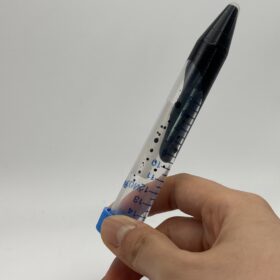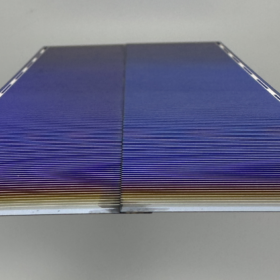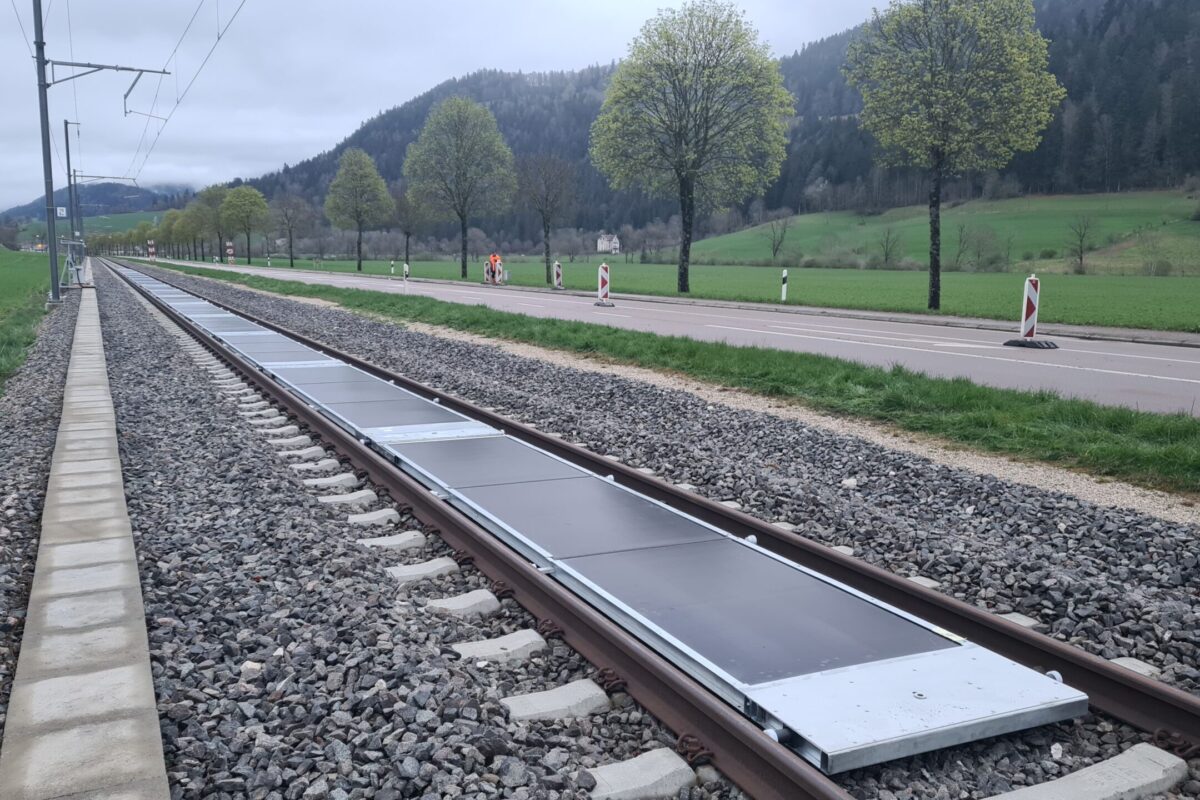A group of scientists from the University of California, San Diego (UCSD) demonstrated that conjugated polymers, which are a class of electronically conductive plastic materials, can be used as an intrinsically conductive adhesive (ICA) to shingled solar cells together.
“This is a new application for a unique class of plastic materials that we are very excited about,” the research's corresponding author, Alexander Chen, told pv magazine. “While this research is still in its infancy, one exciting aspect about this work is the deep literature and diverse chemistry that can be integrated into conjugated polymers for the purpose of making new types of conductive interconnects and adhesives.”
Shingled solar panels feature a busbar-free structure in which only a small proportion of cells are not exposed to sunlight. The cells are bonded with electrically conductive adhesive to form a shingled high-density string and the resulting strips are connected. The reduced number of busbars reduces shadowing losses.
The shingled cells used in the experiment were built with cell technology supplied by California-based startup Sunpreme and intrinsically conductive adhesives (ICAs) based on the PEDOT:PSS polymer. The performance of solar cells constructed with ICAs was compared to that of counterparts based in silver-based electrically conductive adhesives (ECAs) and the scientists found the former showed “comparable” electrical properties.

Image: University of California, San Diego
“While today’s dominant busbar-based modules require around 15.8 mg/W silver, we calculate that shingling modules with ICAs can reduce silver consumption to approximately 6.3 mg/W, accelerating our position on the silver learning curve by approximately two decades. These findings suggest that the design of pi-conjugated materials for ICAs could offer a realistic strategy for sustainable deployment of lower-cost, high-power solar modules,” the paper said.
Even with the removal of silver filler, the researchers achieved similar fill factors (FFs) and overall power conversion efficiency with shingled interconnects. “Employing a conducting polymer as the ICA additionally opens a myriad of opportunities for tuning the electronic, mechanical, and adhesive properties for designing next-generation electronic interconnects,” they added.
There are improvements to be made for the research to be applied further, as the researchers acknowledged in a statement to pv magazine. However, they are optimistic these can be made.
“While we found that the adhesion needs to be improved to reach that of commercial products, we are optimistic that designing better conjugated polymers for applications as intrinsically conductive adhesives can be achieved relatively quickly,” Chen stressed. “This area of research builds upon the incredible wealth of knowledge that already exists on tailoring the electrical properties of conducting polymers and the adhesive properties of traditional polymers. There is a large synthetic space that can be quickly explored here.”
The researchers said they collaborated with a PV engineering services company – D2Solar, Inc. – to integrate the proof-of-concept shingles. “We look forward to working with PV manufacturers to test the concept at larger scales and in relevant outdoor environments,” they added.
The ICAs were presented in the paper “Silver-free intrinsically conductive adhesives for shingled solar cells,” published in Cell Reports Physical Science.
This content is protected by copyright and may not be reused. If you want to cooperate with us and would like to reuse some of our content, please contact: editors@pv-magazine.com.







By submitting this form you agree to pv magazine using your data for the purposes of publishing your comment.
Your personal data will only be disclosed or otherwise transmitted to third parties for the purposes of spam filtering or if this is necessary for technical maintenance of the website. Any other transfer to third parties will not take place unless this is justified on the basis of applicable data protection regulations or if pv magazine is legally obliged to do so.
You may revoke this consent at any time with effect for the future, in which case your personal data will be deleted immediately. Otherwise, your data will be deleted if pv magazine has processed your request or the purpose of data storage is fulfilled.
Further information on data privacy can be found in our Data Protection Policy.